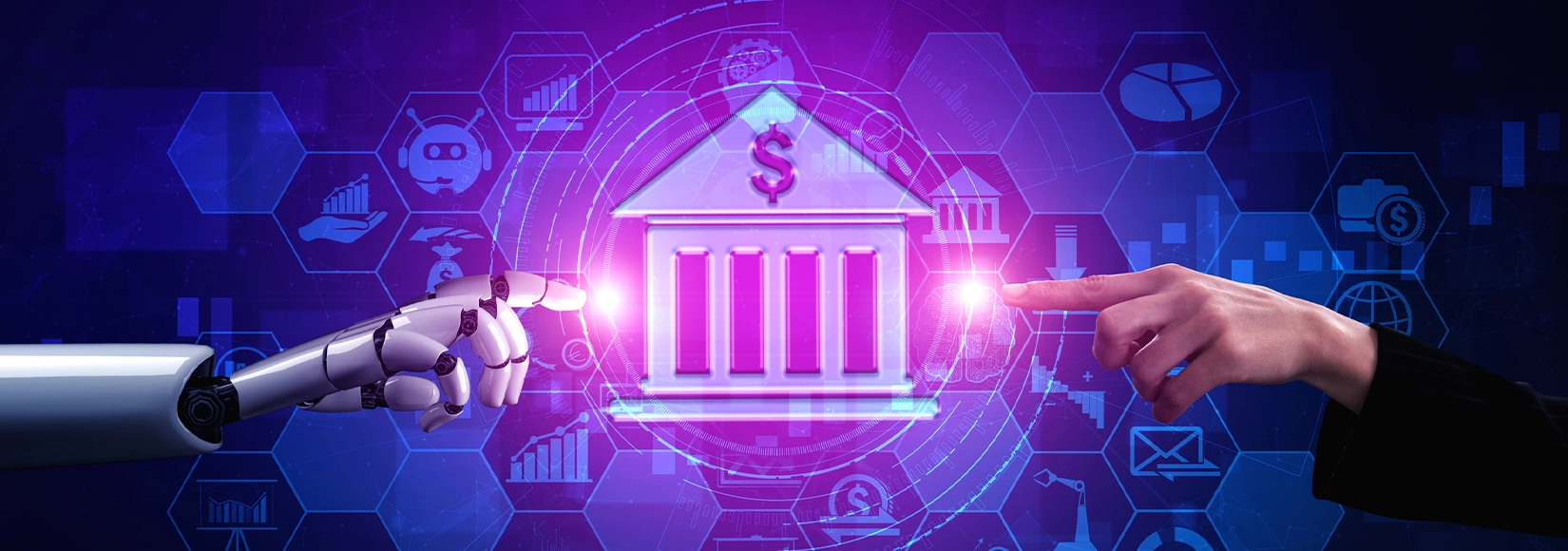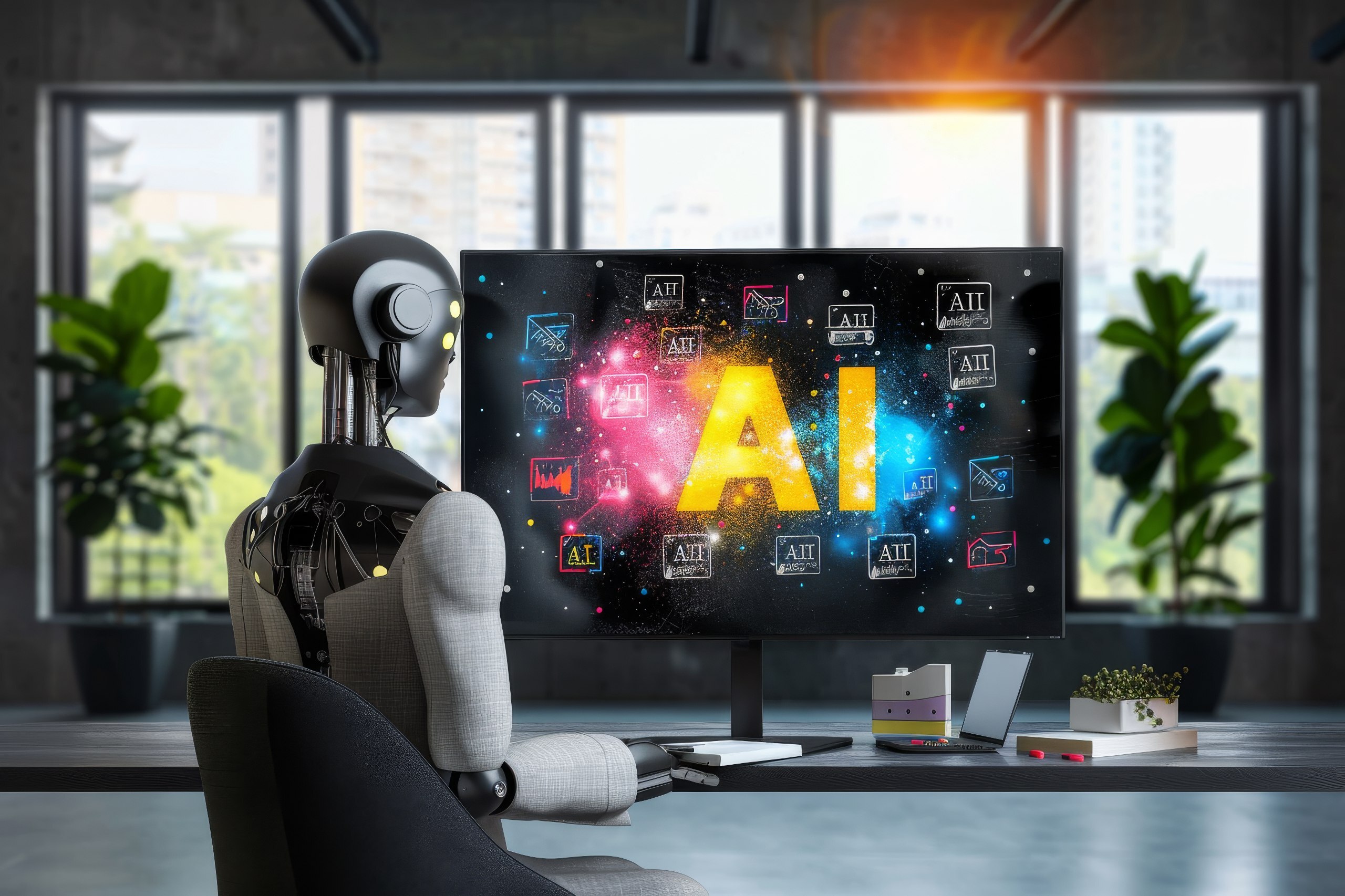In an era where developing technology is at its peak, incorporating trending methods, software, machines, artificial intelligence, and robotics for the development of smart cities and urban planning should be a have-to-happen thing. According to the United Nations Population Fund, by 2050 cities will be accommodating around 5 billion people (68% of the global population), which means that urban cities will be contributing a significant amount to the country’s GDP. This rate of urbanization will have a drastic influence on the environment, management, healthcare, energy, education, transport, surveillance, and security of the cities. Therefore there must be an innovative, problem-solving, and smart approach to plan and manage the operation of modern cities. This is not only important for the everyday life of the people but also important for ecological resilience, and sustainability for future generations.
AI really is transforming urban planning and the role of AI in developing smart cities includes traffic management, resource optimization, urban planning, predicting maintenance, citizen engagement, data-driven decision-making, simulation, and modeling.
In this blog, you will discover the depths of artificial intelligence for smart city management and know how it would revolutionize conventional approaches.
Challenges Being Faced
Even as a developed country, education disparity, infrastructure deficiencies, environmental degradation, racial injustice, public safety, cybersecurity, data privacy, political polarization, government dysfunction, healthcare access, and affordability are some of the major issues that the USA continues to face to date. To address these challenges the federal Government must opt for and support technological advancements to enhance their services, management, and infrastructure.
Defining Smart Cities
A smart city is an urban area that utilizes the newest trends in information technology for the consistent growth of the economy, and improvements in the quality of life of its citizens.
Clean transportation routes, education, healthcare, employment, food, and water supply are some basics of any city but combining them with technological advancements would boost its potential and revolutionize the way we live, work, and move across the urban spaces. Utilizing a combination of technologies like blockchain, IoT (Internet of Things), software solutions, user interfaces, and communication networks is a common way to improve public and private sector efficiency. However, today, Application programming interfaces (APIs), artificial intelligence, machine learning, cloud computing, and dashboards are some other technologies being explored to speed up the development process in smart ways.
So What’s Ai And How Is It Turning The Cities Smarter?
Artificial Intelligence refers to the simulation of human intelligence in machines that are programmed to mimic human behavior, emotions, and cognitive processes. An AI model can be a software, application, or robot-like system that can have learning, problem-solving, analytical, and decision-making capabilities like a human being.
For instance, ChatGPT and Google Gemini are the two most trending forms of AI. Likewise a forest fire, ChatGPT’s discovery spread among the commoners and professionals and helped them boost their day-to-day operations. Today, Chat GPT is being widely used in several industries and by students, social media influencers, marketers, government officials, developers, and the list continues.
AI is like that magic tool that has the power to transform urban planning and management dramatically. Smart city solutions powered by AI can potentially learn from the interactions of citizens with their communities. It has the power to do better record-keeping and unveil the hidden details allowing the municipality to acknowledge the needs of the citizens and make the necessary changes.
Role of AI in Smart City
In cities, data is produced in large quantities through records of public transport, police, municipal taxes, traffic sensors, schools, industries, weather stations, population stats, water supply, food, agriculture, and whatnot. Hence, data has been central to how officials plan, construct, and handle built environment systems. Moreover, all of this would require extensive knowledge of various engineering, geographical, physical, and design principles that are all based on mathematics. Thus, quantitative information and mathematical principles are the core of bringing large-scale projects from their blueprints to physical reality, and this is still followed today.
Now looking forward to AI, AI models are trained using a wide range of technologies like various machine learning algorithms (ML), natural language processing (NLP), Computer Vision (CV), Neural Networks, cognitive computing, and expert systems for rapid processing and analysis of large data sets. They recognize the running patterns and make automated decisions without human intervention resulting in smart and fastened processes.
Therefore, when the city data is fed to the AI or machine learning model, it can have a far better effect on city planning and management, hence application of AI in smart cities will benefit human kind.
Benefits Of Ai Influenced Smart City Management:
Now let’s take a whirl and try to create a mind map on AI-driven Smart City management-

BETTER URBAN PLANNING: With the help of AI, there can be appropriate allocation of budgets based on the previous trends, better disaster management by uncovering prone areas, event management, proper routing of food, water, and other commodities, and prevention of digital divide.
SAFE STREETS AND ENHANCED SURVEILLANCE: AI-powered surveillance devices can not only help in reducing crimes but can also produce high-resolution images that can later be used for crime scene analysis and quick suspect identification by syncing the face recognized from the footage to the existing criminal records.
NO MORE TRAFFIC CONGESTION: By encompassing AI-driven cameras on roads, license plate readability will be increased and this can in turn be used for automated challan issuance for the rule breakers. This can also help in monitoring the accidents and finding ways to reduce the occurrence of the same.
ELEVATED FINANCE MANAGEMENT: The incorporation of AI will regulate the processes of revenue collection, reducing tax evasion or fraud by data analytics techniques, and expenditure distribution using better targeting of beneficiaries by proactive consideration of their needs, increasing transparency and accountability.
ENHANCED RECORD-KEEPING: With AI playing its role in data mining, data keeping, and analysis, there will be better planning and coordination between the departments of data collection, maintenance, and sharing.
STREAMLINING ADMINISTRATIVE OPERATIONS: A goal-oriented approach can be followed by AI-automated administrative routine tasks allotments which can help the employees to spend the maximum time working on critical missions.
FACILITATING PERSONALIZED SERVICE DELIVERY: In cases where high volume human-centric transactions are required like issuing of certificates, challans, scholarships, and tax assessments, there can be proactively tailored delivery of services considering the parameters of cost, time, quality, and access.
ADVANCING EQUITY IN CITIES: Tracking systems for the welfare of unprivileged areas can be developed that can provide suggestions to the public on running welfare schemes and policies, increase the utility of existing services, and take actions on systems like public distribution systems, healthcare, and education.
IMPROVED INFRASTRUCTURE AND SERVICES: AI can help in better planning for economic growth by expanding labor productivity and innovation by creating new products and services. Its modern techniques can also assist in reducing the inefficiency in the system design, and delivery. Furthermore, it can also make infrastructure and services like health, education, etc easily accessible via AI-driven diagnostics, early disease detection, personalized learning, and much more.
SUSTAINABLE DEVELOPMENT: Last but not least, AI-driven smart cities will have efficient ways to lead on the development sustainably considering the betterment of the environment and natural resource conservation. They can use ML and AI to see the effects of global warming and pollution in the local environment, and can also learn to control pollution by measuring and analyzing stats on energy consumption.
Take Of U.s. Government To Leverage Ai Technologies
Following are some of the initiatives of the leading presidents of the United States of America-
2016: Obama administration’s report titled, “Preparing for the future of Artificial Intelligence.”
2019: Trump administration’s “American AI Initiative”
2023: Biden administration’s executive order on “Safe, Secure, and Trustworthy Development and Use of AI”
Apart from this, AI-driven solutions have been adopted by various Government departments including Departments of Agriculture (USDA), Commerce, Defence, Education, Health and Human Services (HHS), Housing and Urban Development (HUD), Energy, Homeland Security, Justice (DOJ), Labor, State, Transportation (DOT), Treasury, Veteran Affairs(VA), Federal Trade Commission (FTC), Federal Communication Commission (FCC), General Services Administration (GSA), National Science Foundation (NSF), Office of Personnel Management, Patent Office, and Small Business Administration.
Hence it would be suitable to say that the Government is actively looking forward to rapidly adopting this trending technology and utilizing it to increase the existing potential of management.
Challenges And The Future Of Ai In Government
The world of AI is evolving at a constant rate, and making potential advancements like creating human-like systems, improving efficacy and accuracy, customizing medicines, and addressing global challenges.
However, what’s delaying AI incorporation into Government services is the lack of skilled professionals who can work on data privacy, surveillance, security, modifications of existing systems, transparency, and accountability. Tackling these challenges would require a collaborative approach of Government agencies, AI developers, Domain experts, and citizens, failing to which can trigger the threats of AI in smart cities, mainly Data breaches and Cyber Attacks which can put citizens at risk. The government would need to invest hugely in training the individuals and initiating policies and guidelines to build trust and accountability.
Way Forward
So wrapping up here!
As data is becoming an integral part of society, the US Government is constantly harnessing new and efficient technologies for urban management that are important for the smooth functioning and quality of life of the citizens. In today’s world, Smart cities are becoming the standard and AI-backed technologies will put them in a better position to improve operations of healthcare, administration, governance, education, urban planning, and deliver enhanced services to the people.
Moreover, the field of Data Science and AI is evolving. We can still expect many unexpected innovations and growth that can benefit humankind in their unique ways.
Looking for the best AI development, integration, and consulting company? Look no further because Build Future AI has it all!




